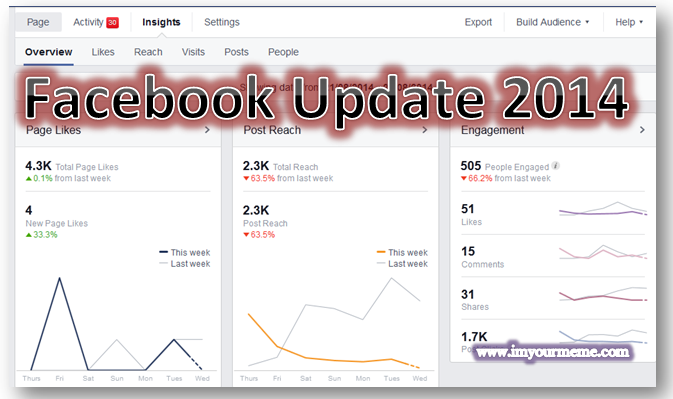Facebook has created a measure to prevent Facebook users from publishers and business owners who use “click-baiting” to lure in users. Khalid El-Arini, a research scientist and Joyce Tang, a product specialist announced two updates to help the netizens on Facebook find posts and links which are interesting and actually relevant to what the users wanted to see.
It would also help reduce the stories on which people find spammy. These two are reducing click-baiting headlines and helping users see the links shared on the social-networking site in the best format.

The term “click-baiting” refers to the link shared by a publisher with a headline that tells very minimal information on what they will actually see when they click it. It sparks up curiosity, encouraging people to click; thus the post tends to get a lot of traffic which would also mean that such will be shown to more people and will receive a higher spot up in the News Feed.
Survey also shows that 80% of the citizens on Facebook actually prefer those headlines that help them decide whether or not they would want to read the full article before browsing into the link.
One can weed out click-bait posts by looking into the duration people spend reading the article away from Facebook. If people spent time reading it, it would mean that the content is something valuable. If not, cases on which people would click the link then return straight away to Facebook, then, it would be suspicious. It would suggest that the content of the post wasn’t particularly helpful or interesting, even.
Another way would be analyzing the ratio of people clicking the content and the people discussing and sharing it with their friends. Stories which are not valuable would present high “click rates” and relatively few likes and comments.
The second update is about the posts with the sharing links. If you frequently share links on Facebook, you would be familiar on its appearance on news feed. Those links would show up with a large picture, a headline and some text to give context on the link.
On another survey conducted by Facebook, users often preferred to click on links which are displayed in the link format, which appears when you paste the link while drafting a post than those links buried inn photo captions. It would help the people decide if they want to read the full article because the link format would show some additional information associated with the link; such as the first few sentences of the article. It would also help those who are frequently on mobile, which have smaller screens. Facebook would prioritize the links in the link-format in the News Feed and show fewer links shared in captions or status updates.
Facebook also recommends publishers to use the link format. Based on their studies, such posts receive twice as many clicks in comparison to the links simply embedded in photo captions. Publishers who are frequently posting links with the said click-bait headlines which garners very little reading time may see a decrease in their distribution for the next few months. The changes, according to Facebook specialists, will ensure that such click-bait content would not drown out the things that people would really want to see on Facebook.
reference: newsroom.fb com/news/


